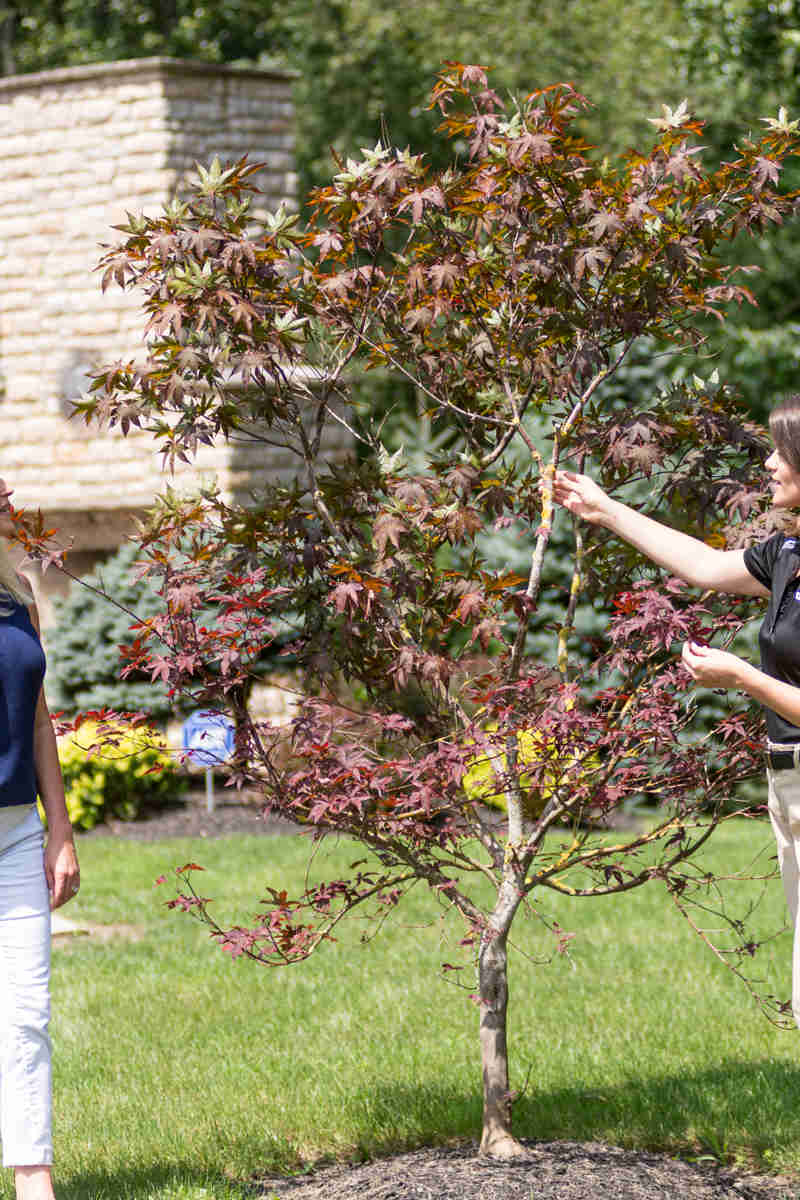Tick Description:
Ticks are small, wingless, bloodsucking arthropods. They burrow their heads into their host and can change drastically in shape, color and size when they become engorged with blood. Ticks have extremely small mouths that usually go unnoticed when they bite.
Hosts:
All ticks are parasitic and may have a variety of hosts. Deer and birds are common hosts, but many animals that are primarily outdoors are susceptible. These pests are a danger to children, homeowners and pets.
Biology & Symptoms:
Ticks are known to transmit potentially dangerous diseases such as Lyme disease, Rocky Mountain spotted fever, tularemia and others. Ticks can be active in any climates that aren’t below freezing. Spring and early fall are active seasons for ticks. When nymphs emerge, they are very small and are often hard to see. Ticks commonly dwell in tall grass and vegetation but are also common along the edges of stone walls or in shaded areas and shrubs. Tick bites can cause various symptoms. The most common include fatigue, headaches and irritation around the bite location, such as a red ring or itchiness. If a biting tick is found, it is not advised to try to remove it unless it has not burrowed in the skin. The mouthparts contain serrations that result in a firm grip and pulling on the body can cause the head to become detached, making it even more difficult to remove. It is recommended to seek medical advice as soon as possible for both humans and animals.
Management:
There are several effective methods to help reduce tick populations on your property. Some of these tips include:
- Fencing: Ticks often move from host to host and are commonly found on animals such as deer. Keeping deer away from your property with a physical barrier can help reduce the probability of ticks making it onto your landscape.
- Strategic landscaping: Keeping your property tidy by clearing brush piles, maintaining gardens and mowing can help eliminate potential tick hiding places. Also, keeping attractions to tick-hosting animals such as birds and rodents away from the house or areas frequented by people is a good practice to help keep distance between ticks and your loved ones and pets.
- Proactive treatments: Your local arborist can recommend tick management treatments to protect your property.



